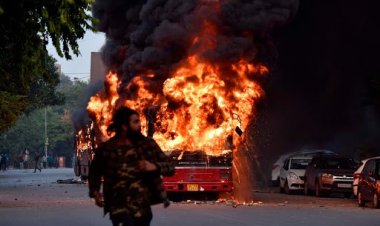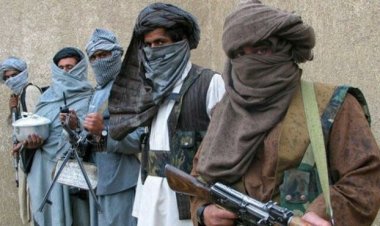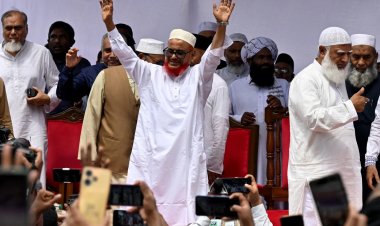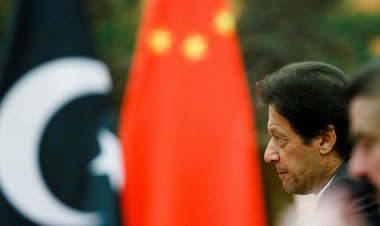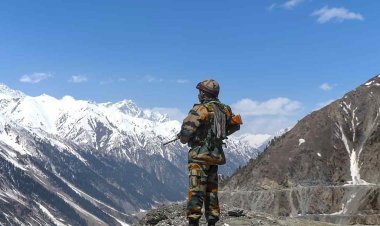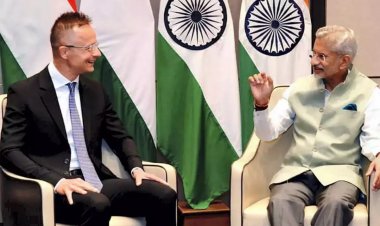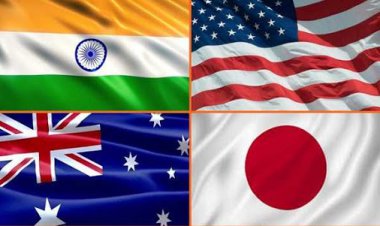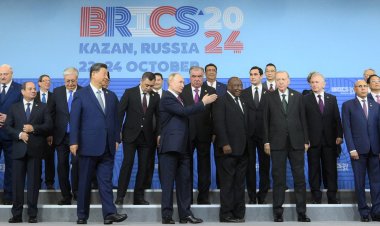Sudden Spill-over of Militancy in Kashmir, Spike in Killings Should Alert New Delhi
Post-370, Militancy is taking an ugly turn in the Valley
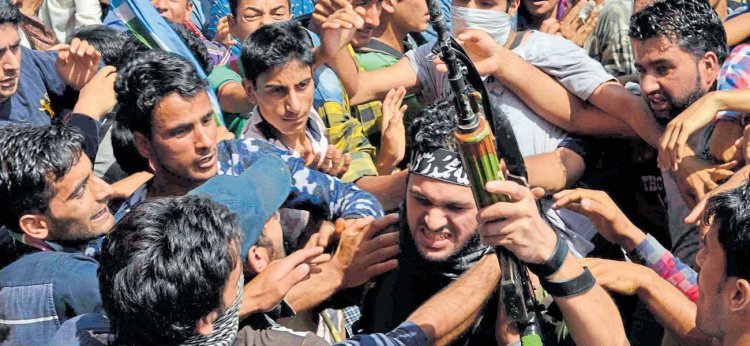
By Majid Hyderi
What had over the years largely squeezed to four districts in south Kashmir – in 2020, the militancy has witnessed a sudden spillover across the restive Valley in the mighty Himalayas.
And, some of the deadliest attacks, including the assassination of noted lawyer and human rights defender, Syed Babar Qadri have only added to the volatility of the situation.
For the last around half-a-decade, south Kashmir alone had been the hotbed of militancy in the trouble-torn region in north India. This year, however, other areas of the Valley, especially the summer capital of Srinagar and north Kashmir, have turned even hotter.
While some of the lethal attacks took place in north Kashmir, Srinagar and adjoining districts in central Kashmir remained equally volatile.
At least 16 militants have been killed in seven operations in Srinagar alone, this year, including Hizbul Mujahideen commander Junaid Sehrai. Five of them belonged to Srinagar while others were from other districts.
Stating that 2020 was a “successful year” for the security forces, the Director-General Police Dilbag Singh, recently said: “At least 72 anti-terror operations have been carried out this year in which 177 terrorists were killed, including 12 in the Jammu region.”
But then, there’s lot more to it than meets the eye.
Until a few months ago, it was mainly the south Kashmir districts -Shopian, Pulwama, Kulgam, and Anantnag –seen as volatile on the scale of militant activities.
After the abrogation of J&K's special status on August 5, 2019, however, there has been a change.
Leaving apart volatile south Kashmir, the frontier-north, from where most infiltration took place in the last 30 years of armed conflict, looks even deadlier now.
On May 3, five security personnel, including a Colonel, a Major, and a sub-inspector, and two unidentified militants were killed during a counter-insurgency operation in the Handwara area of frontier Kupwara.
On August 18, a 36-hour-long encounter in north Kashmir’s Baramulla district ended with five security force personnel martyred and three militants killed. Soon after the encounter, the militants released the first-ever video of how the attack was carried out.
A month before such strikes, in neighboring Bandipora district, militants shot dead senior BJP leader Wasim Bari along with his brother and father in their native village.
The central Kashmir’s Budgam district, which borders Srinagar, looks no normal either. Here, at least three deadly gunfights recently took place within a fortnight while a member of the elected local urban body was killed by militants. A paramilitary CRPF personnel was martyred, and his weapon was snatched, while at least two militants were killed in separate incidents recently.
The summer capital of Srinagar has been witness to the recent assassination of Advocate Syed Babar Qadri. For the last two years, the lawyer who was a household name for his TV debates had been complaining of a threat to life. But the police woke up only to probe his assassination.
Interestingly, for the first six months after the special status abrogation, the militancy-related incidents were at their lowest ebb. From spring onwards, the situation started to heat up.
So the million-dollar question is – if the situation could remain normal after a bold move of August 5, 2019, what has brought this unusual spike in violence?
Well, firstly, a lot has changed for the police, especially on its mentoring front. While New Delhi is giving a try to some new mentors, such faces do not have much ground experience.
While a few of the competent officers of JKP are on the job, no local face or other officers with extensive policing expertise in militancy-infested Kashmir are at the helm.
This is despite the fact that such faces with years of experience have proved their mettle in the past. After the massive unrest of 2010, not only normalcy had returned to Kashmir, the militancy in 2013 was at its record low level despite the execution of Parliament attack convict Afzal Guru. So smart policing can do wonders.
And then, there are officers who revived normalcy after the six-month-long agitation in the wake of the killing of Hizbul Mujahideen commander Burhan Wani in 2016. They even ensured incident-free abrogation of Article 370. In the last six months, such faces have gone missing from the scene with a change of guard.
Also, the coordination between the local police and the Indian Army, which has been holding key to counter insurgency operations, is a bit missing from the Khaki side.
The singling out of Indian Army in the Shopian fake-encounter that was actually a joint operation with police and paramilitary Central Reserve Police Force is a glaring example. A team work means owning responsibility for everything good and bad. But here, only the Indian Army made a candid confession. The police remained silent for its role in the joint operation.
Fighting militancy is to be seen beyond the killing of militants. After all, killing militants doesn not kill militancy.
Amid a sudden spillover of militancy, New Delhi needs to introspect its Kashmir policy, where smart policing can play a crucial role.
New Delhi will have to take the call. Because if the incident-free first six months after the abrogation of the special status could bring in hope, that optimism should not be left to die.
The author is a Srinagar-based freelance journalist, analyst, strategist, and TV debater based in Kashmir.
Disclaimer: This paper is author’s individual scholastic contribution and does not necessarily reflect the views of the organization.


